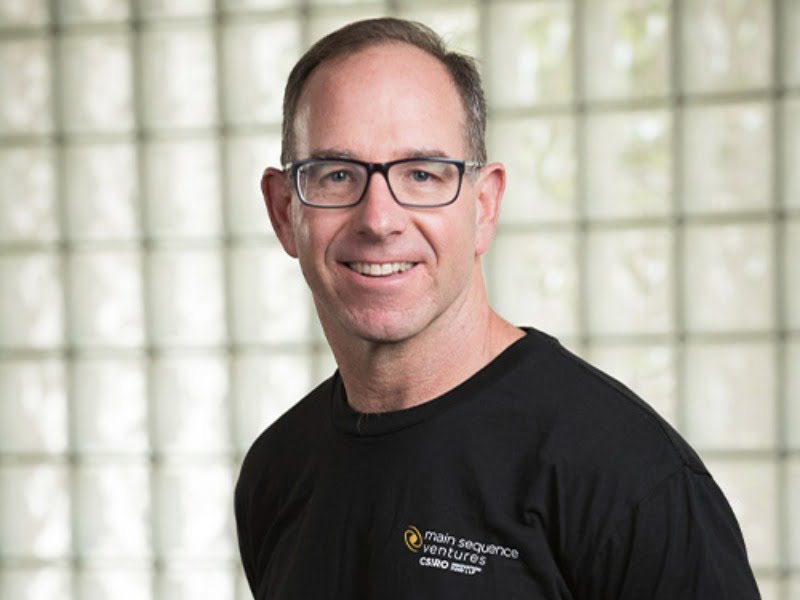Where will we find the manufacturing successes of tomorrow? It’s a fair question, and there’s always a fair bit of guesswork involved. One answer was given by the federal government at the beginning of October with its Modern Manufacturing Strategy and its focus on six priority areas.
If you ask Mike Zimmerman, a partner at CSIRO’s venture capital vehicle Main Sequence Ventures, it’s probably not in “scaled, mature manufacturing” … unless you’re talking about some areas where a strong natural advantage exists.
“The way you’re going to win is by innovating and looking at what’s coming, and I think that’s the power of marrying up scientific discovery and exploration with manufacturing,” Mr Zimmerman said.
As a venture fund, MSV’s job is to place bets on future industrial winners, with the added qualification that these must come from public sector research.

Since getting started in 2017 with $100 million in funds, its manufacturing bets have included on IoT satellite business Myriota, drone mapping company Emesent, lidar innovators Baraja, protein-based meat-maker v2food, and workplace safety computer vision firm Presien.
Besides being based on public R&D, funded startups have to be in one of five themes (including Feeding 10B People or Space & Transport), use “deep technology” (science or engineering to solve a hard problem), be globally-oriented, and have the potential to be worth $100 million. Of 3,000 or so companies considered, 27 have been backed.
As far as a strong team is concerned, this is helpful, though a visionary founder is more important.
“It’s not necessarily do they have all the skills on the team today, because it’s very rare. But do you believe that this founder can actually be a visionary for the company and be inspiring enough to help get the right people on board?”
“They’re selling to customers like a BHP. Why the hell would BHP basically rely on some startup to provide this new technology that’s high risk? Well, a lot of that is in the ability of the founder to have a convincing, passionate sale.”
Mr Zimmerman cannot give details at the moment – “probably next year” – but says one of the next bets will be on a plastics recycling company using “advanced enzymes” in its processing. The new year will likely also bring an announcement about further money added to MSV’s fund.
Venture capital funding — the lack of which had sometimes been blamed for some promising Australian startups heading overseas — has steadily grown in recent years. Last year KPMG found a record $1.7 billion invested in Australian early stage companies.
Mr Zimmerman, who relocated from San Francisco in the early-2000s, believes that young Australians are now much more likely to join or start a high-risk new venture than in the past.
“Back when I first started it was tough to convince someone to quit a job at [for example] CBA on the technology team. Now they actually want to go work at a startup and have an impact,” he says.
“When you add together the pockets of expertise, the flow of people wanting to work in startups and having some role models for success, the availability of venture capital, the lower cost of technology, and some of the trends and kind of negative pressures in some way to see kind of localised supply chains – that all should be good for Australia.”
He sees a role for research spinouts to play a role as the economy grows again post-pandemic. There are examples of research brilliance in everything from renewable energy to synthetic biology, and maybe “20 different areas where Australia is world class that people don’t know about,” Mr Zimmerman said.
“To us, that’s the opportunity – to create these spinouts that can actually turn into the Barajas that have 75 highly skilled people, or Emesent that is almost 50 people, or Cylite with 25 or Myriota with 40,” he adds.
“If you add it up, it’s hundreds of new jobs can be created from these spinouts that emerge from research.”
This article was first published in @AuManufacturing.
Do you know more? Contact James Riley via Email.
